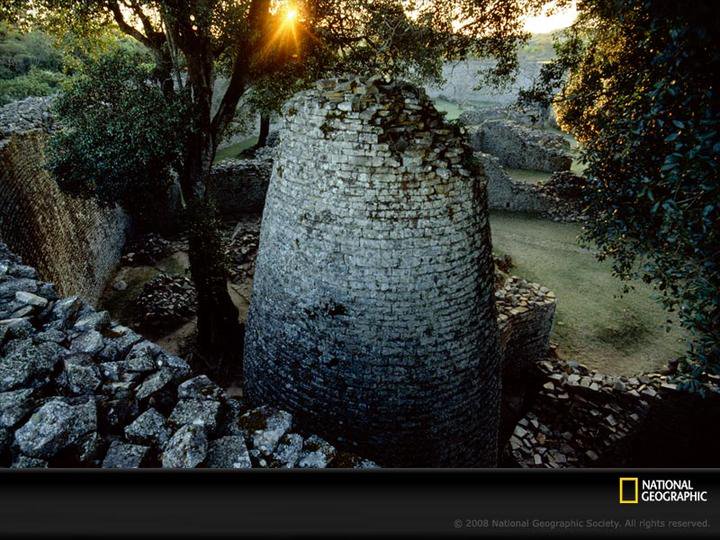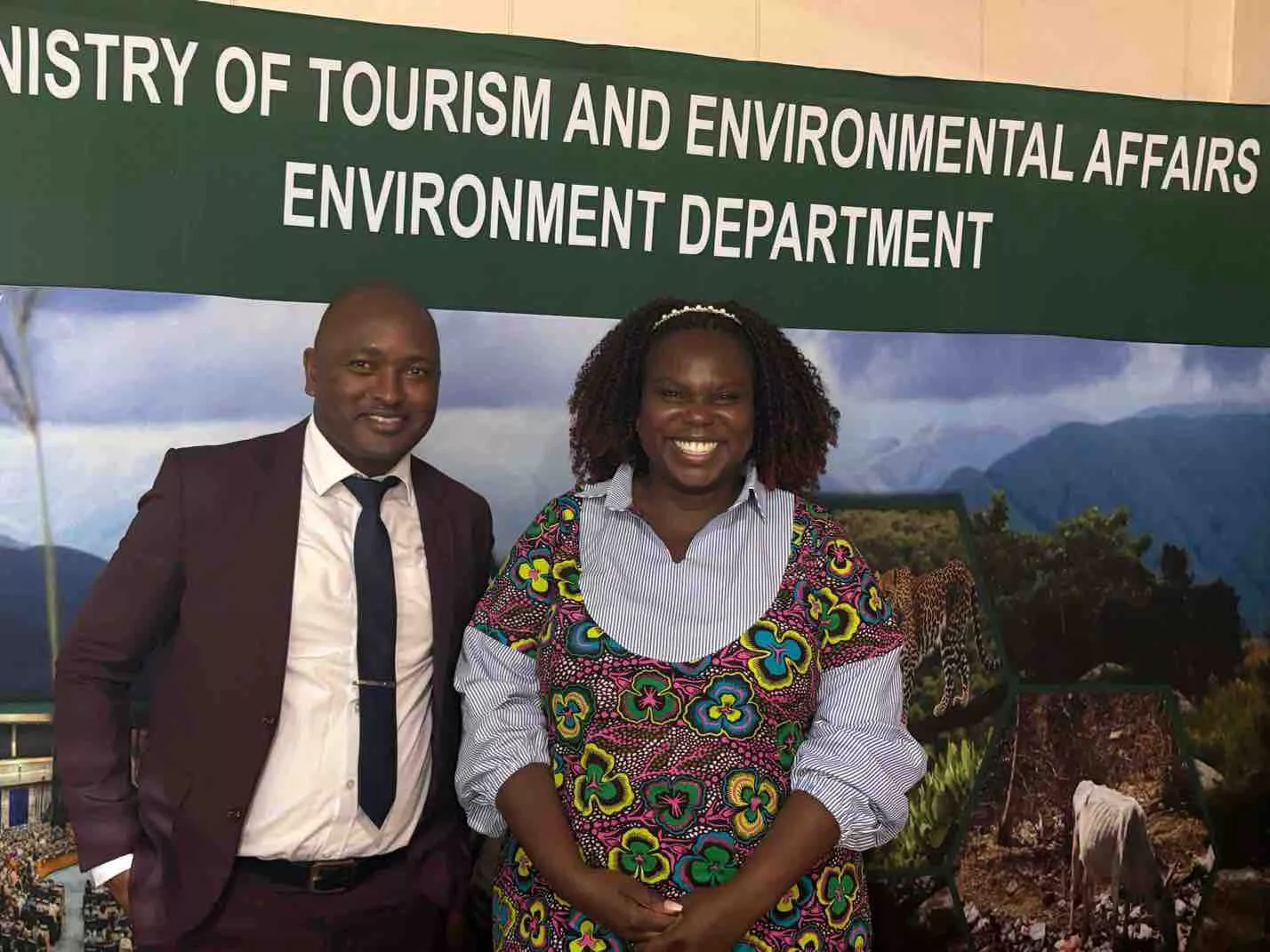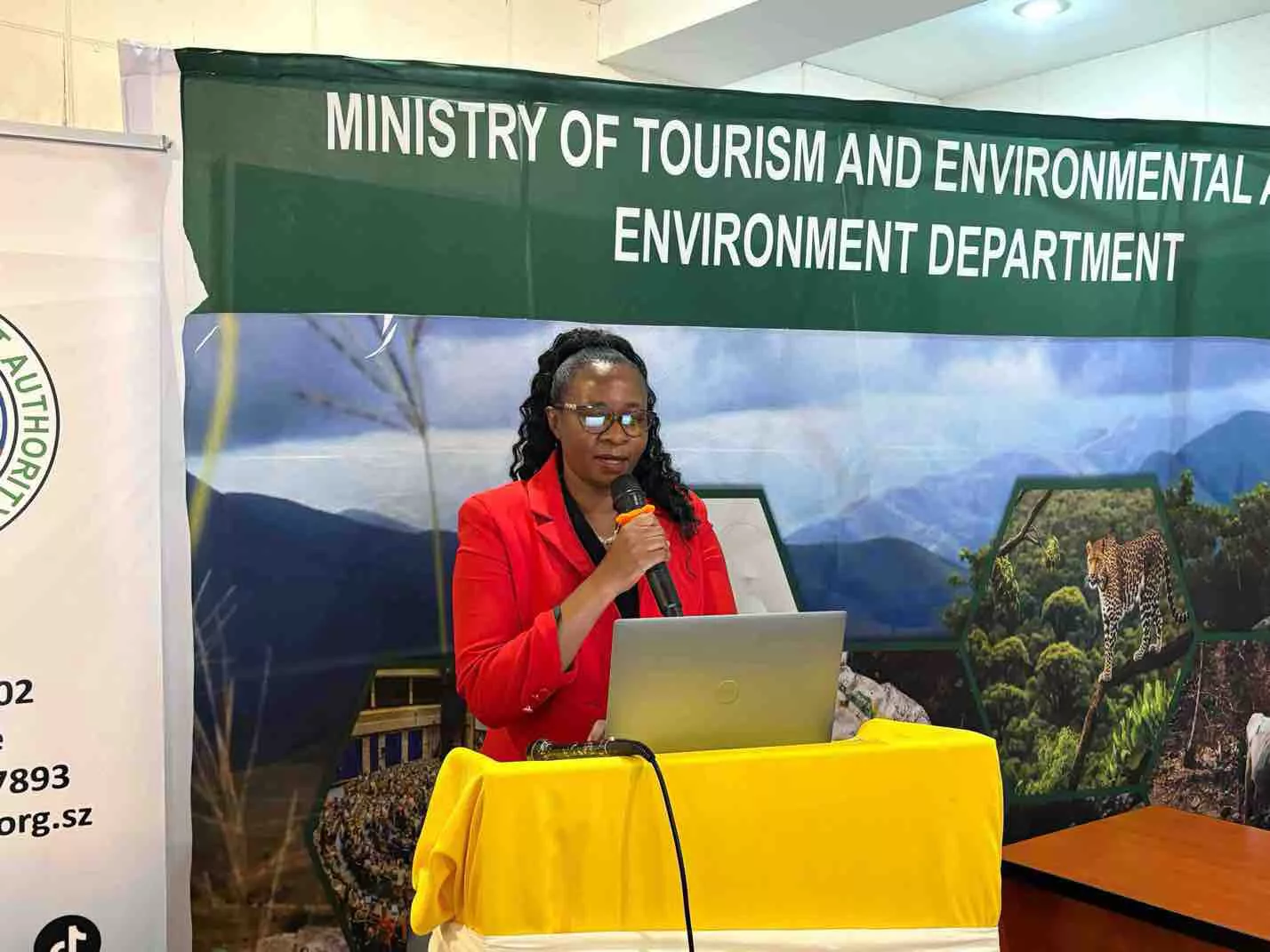By Michael Mashiri
Many people are called Zimbabweans and are proud of being called Zimbwabwean citizens, however the problem comes when a Zimbabwean does not know where the word Zimbabwe emanated from and what it means.
Zimbabwe is a word which was derived from the Shona ‘Dzimba Dzemabwe’directly translating to ‘Houses of Stone ‘as exemplified by the Great Zimbabwe Ruins found in the south east of Zimbabwe which manifest high levels of creativity and civilization of the African child(built between 1270 and 1550A.D).
With a chronology of acquisition, innovation and quislingism, as well as conflict, trials and tribulations, Zimbabwe represents a nation full of energy and diversity.
Zimbabwe was a dwelling place to a multi ethnic society occupied by a number of different groups such as the Shangani in the south east, the Venda and the Karanga in the south, the Tonga in the north, the Ndebele in the south west, the Zezuru and the Korekore in the northern central Zimbabwe and the Manyika and the Ndau in the east.
Vast empires also emerged in the Zimbabwean precolonial era, and these include the Mutapa state, Rozvi state, Torwa state, Ndebele state and the largest of all states, ‘The Great Zimbabwe State.’
Great Zimbabwe was an impressive precolonial city that flourished from about 1290 to 1450 on the strength of an influential and structured civilisation.
It grew vigorously on the underpinning of good agricultural circumstances, cattle keeping and the most remarkable as well as regional and long distance trading system.
Trade was conducted with India, China and the Middle East as well as West Africa and East Africa.
The majority of traded merchandise from Great Zimbabwe included glass beads, brass wire, sea shells, iron wire, axe heads and chisels, and local goods included ivory, iron ornaments, gold wire, beads and a variety of other items.
The 14th Century of precolonial Zimbabwe realised the beginning of the process of political reclamation, which was largely attributed to pleasing fiscal conditions.
This allowed fruitful agricultural harvests, leading to population growth and allowing certain people to assume important and much needed positions of leadership during that time.
The time of success of Great Zimbabwe was however followed by substantial decline of widely circulated food shortages and the desertion of pastures and other natural resources.
By the end of the 15th century, Great Zimbabwe had wholly lost its wealth, trading and political power and cultural importance.
A combination of Christianity, colonialism and capitalism gradually displaced the colonial socio-political and economic frameworks, bringing about a colonial era marked by the arrival of new identities, merchandises, languages and cultures as well as new political and economic attitudes.
It was the arrival of Cecil John Rhodes, an English born South African business man and a strong believer in British colonialism, which saw the colonial period of Zimbabwe begin.
Encouraging colonisation, Cecil John Rhodes and his British counterparts took control of labor as well as valuable metals and other mineral assets.
Soon after the arrival of the British, the name Southern Rhodesia (what is now known as Zimbabwe) was adopted.
Following unsuccessful opposition from several Zimbabwean ethnic groups to British colonialism, Southern Rhodesia became a self-governing British colony serving on behalf of the United Kingdom during World War 11.
However, strong African opposition and civil wars ensued with the British gradually began to lose power.
Colonial rule was beginning to collapse throughout the African continent, with African majority governments assuming control in neighbouring territories.
The nation became known as the Republic of Rhodesia in the late 1900’s.
In 1953, because of a variety of economic and political reasons, Southern Rhodesia joined its neighbours, Northern Rhodesia (Zambia), and Nyasaland (Malawi), in the Federation of the Rhodesia and Nyasaland, also known as the Central African Federation, however the Federation collapsed in 1963, partly because of African opposition to it.
Zimbabwe, which was a British colony which was called Southern Rhodesia until 1965 and after that period to 1980, it was known as Rhodesia.
A significant day in the history of Zimbabwe is the 18th of April, 1980. It was on this day that saw Zimbabwe’s Independence from Britain. This was after a civil war that had pitted white population which had governed Rhodesia against the African majority from the 1960s, enabling the installation of a black majority rule Government of Zimbabwe.
Robert Mugabe, who was the head of Zimbabwe African National Union Patriotic Front, known as Zanu PF, took power as Prime Minister.
Dr Canaan Banana was elected president whilst Joshua Nkomo, who was the head of the Zimbabwe African People’s Union Patriotic Front, known as ZAPU, Mugabe’s partner in the struggle for independence, became an important government minister.
Robert Mugabe won elections in March 1996 elections, receiving 92.7% of the total votes, although only number of Zimbabweans voted. In a country with Harare the largest city, followed by Bulawayo and other cities such as Masvingo, Mutare, Gweru, Kwekwe.
Early 2013 saw the two main political parties working together to deliver a new constitution focused on the aspirations of ordinary Zimbabweans, bringing greater empowerment to women, forbidding torture, guaranteeing freedom of expression and taking steps to ensure the provision of healthcare, education and food.
The new constitution also introduced term limits with each future elected president being allowed a maximum of two five year terms in office, which is the constitution still being recognised in Zimbabwe.
Zimbabwe has a number of rivers and some of the main rivers include the Limpopo River in the south, which separates Zimbabwe from South Africa, the Zambezi River in the north along the Zimbabwe-Zambia border, and the Sabi River in the middle.
In 2012, Zimbabwe had a total population of just below 13 million, 70 per cent were Africans living in rural areas.
In groups such as the Shona, there existed several subgroups such as the Zezuru, Korekore, Manyika, Karanga, Ndau, and Kalanga.
There were also groups such as the Nyanga or Chewa, Tonga, Shangani, Barwe, Sotho, Venda,Chikunda, Xhosa, Hwesa, Nambya and other communities.
Whites amounted to less than 1 per cent of the population, which was a much smaller percentage than at any time in the colonial period. This was as a result of the large white exodus at Zimbabwe’s Independence in 1980 out of fear of the black rule and sub sequentially in the wake of the land reform programme in the early 2000s.
The white population comprised mostly of English-speaking immigrants from South Africa and Britain, most of whom had arrived as part of the early pioneering settlers at the beginning of the twentieth century, and other migrant groups such as the Portuguese, Italians, Greeks and Poles. The rest comprising of Asians and mixed-race Zimbabweans known as Coloureds comprising 1 per cent of the county’s population
Zimbabwe has three official languages which are English, Shona and Ndebele, English being the main language which is used in the business circles.






